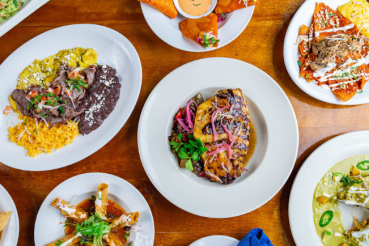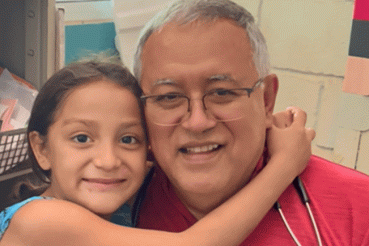From The Hill, March 31, 2020
Our nation’s cities are making the right decision to shelter in place to slow the spread and “flatten the curve” of COVID-19. Singapore and South Korea acted early and kept the number of people infected by the COVID-19 virus remarkably low, saving countless lives and avoiding overwhelming their health care systems.
However, the decision of when to ease restrictions is a tough question.
In addition to the economic consequences of shutting down, decision makers must consider the danger of COVID-19 spreading unchecked without social distancing and other measures, resulting in severe and devastating shortages of needed medical care.
We must maintain a balance between the capacity of the health care system and the number of people who will need hospital care, particularly intensive care.
How do we balance this unprecedented dilemma?
Short of a nationwide shut down, COVID-19 will continue to surge in the United States, moving with intensity from one region to the next. It will spread on a rolling basis across all regions of the globe with persistent hot spots, resurgences and even new surges. We can presume that the outbreak will last longer than several months.
This virus will not leave us anytime soon, but at the same time, complete shutdowns simply cannot be sustained. The consequence of closing down workplaces, schools, transportation systems, restaurants, hotels and other locations indefinitely will lead to millions of people without jobs. Long before a vaccine is ready or natural immunity takes hold, countless people will have permanently lost their livelihood. The outcome is likely to be an economic depression coupled with a mental health crisis.
Loneliness and social isolation will increase. Staying away from people is not in our nature and will be difficult to sustain over time. The impact of social isolation can bring on lethargy, depression and even physical changes.
Short of an extended shut down, what can we do? We can learn a great deal from others around the globe.
Social distancing
Social or physical distancing can and should stay in place for a long time. In a number of Asian countries temperature screening has become part of daily life and while it has potential value in detecting individuals who are ill, it still won’t identify many individuals who may not yet have a fever but could still have COVID-19.
It is likely that quarantines, isolation and contact tracing will be more prevalent and accepted.
Think of it like greatly enhanced security controls at airports after the 9/11 terrorist attacks — health check controls will become more widespread.
New technology
Telemedicine use has exploded in the last few weeks. At Rush University Medical Center, we’ve gone from 18 video visits last month to 1,800 visits in one day. This has enormous benefits of not only keeping sick people at home but getting quick answers to those seeking help.
Already new apps are available to slow down the spread of COVID-19. Trace Together, introduced in Singapore, uses bluetooth signals to alert people when they have been in close contact to someone with COVID-19.
About 25 percent of Americans occasionally work from home, triple from the previous 15 years, according to Small Business Trends.
We will likely see this increase again. New work-from-home norms will be in place and competition for our telecommunication business will increase. Companies will develop new metrics for assessing productivity and performance.
Working from home is not free from health issues. Studies when done at scale and over a period of time have shown problems associated with loneliness and isolation. Video-based meeting technology and smaller gathering opportunities can help us combat our feelings of isolation.
When fewer cases are being reported — ease restrictions
The ideal time to consider easing restrictions will be when there are few new cases being identified over a several-day period in a particular region or community. The widespread development and use of antibody testing to find people who have been exposed and recovered will be extremely important. These individuals would be seen as less prone to getting the infection again and could help with vital functions in the community. How people respond to restrictions is the key variable, not just the policy of restrictions.
The right approach to ease the constraints would be a graduated easing. For example, keeping the maximum number of people in rooms to no more than 10, before increasing to 50 or more, then gradually increasing the numbers. We need to make case-finding, contact tracing and isolation a priority and an essential endeavor; otherwise, outbreaks can happen again and spread. We should also be prepared to increase restrictions if conditions warrant.
Indeed, we must all work together continuously to achieve this delicate balance in adapting. Let’s learn from each other across the globe, support each other and do all we can to keep people well in our world — both physically and mentally.



